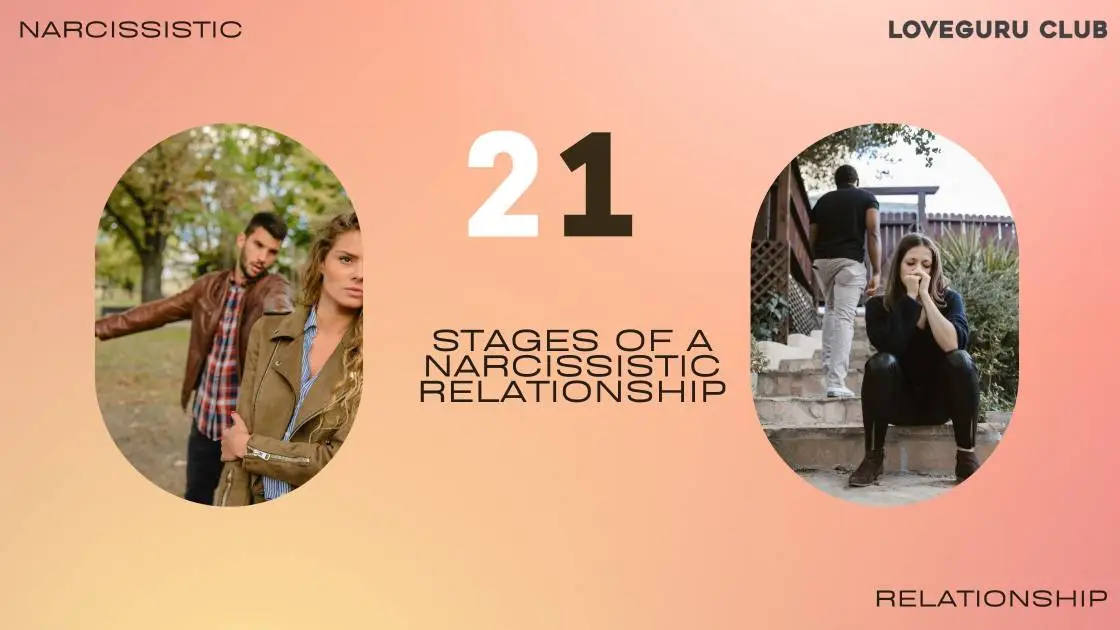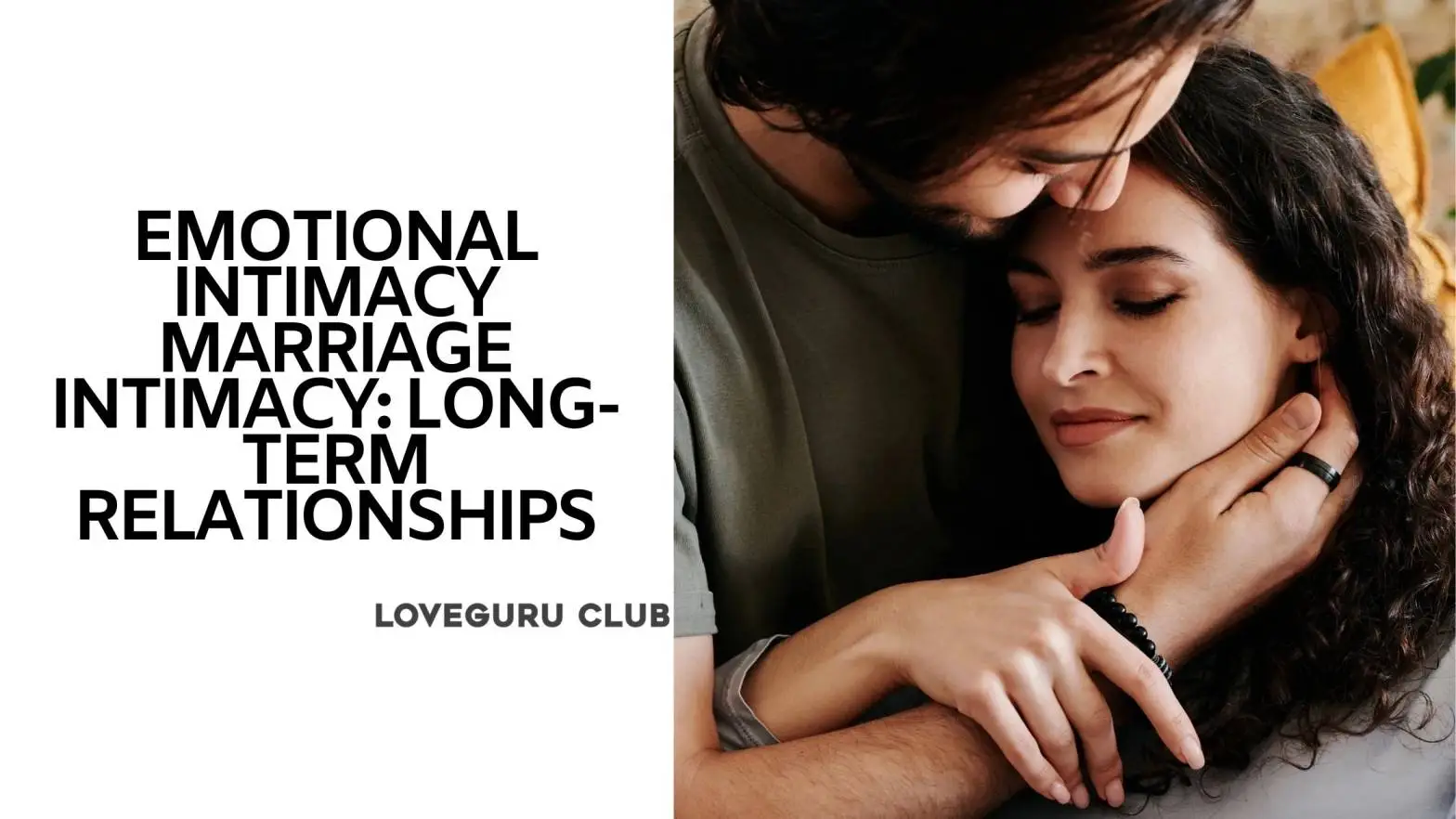Relationships Etc.
21 Stages Of A Narcissistic Relationship

In relationships, spotting someone with narcissistic personality disorder can prove difficult. Presenting themselves as charming and confident, a narcissist draws people in. Benevolent on the surface, but, this person is self-centered and manipulative, putting their own demands before those of their spouse.
Being in a relationship with someone like this can be like a taxing emotional roller coaster since they usually change quickly from idolizing to depreciating and finally ignoring their spouses.
They also excel at manipulating others for their own benefit, subjecting their spouses to emotional and mental suffering and confounding the victim. This frequently causes their victims to distrust their own judgment and instincts and conclusions.
From the first idealizing phase to the terrible discard, the stages of a 21 Stages Of A Narcissistic Relationship can be divided into twenty-one specific ones below.
- Having A Crush When In A Relationship
- How To Know When To Walk Away From A Relationship
- What To Do When Your Relationship Is At Breaking Point
Regarding the narcissistic relationship pattern

Usually beginning the "glorification" stage, in which the narcissist lavishes love and compliments upon their spouse, a 21 Stages Of A Narcissistic Relationship follows a predictable pattern.
Often, though, this is followed by an emotionally violent strategy known as the "devaluation" phase, in which the spouse shows criticism, belittling, quiet treatment, and blame shifting, so confusing the victim. Finally follows the "discard" phase, in which the narcissist suddenly breaks off contact or emotionally withdraws. By means of narcissist hooks, the narcissist's ego rejects accountability, therefore undermining the self-worth of their relationship.
What is The Average Length of a Relationship With a Narcissist?
In 21 Stages Of A Narcissistic, a trend sometimes observed is a "idealize-devalue-discard" cycle. The first phase of a 21 Stages Of A Narcissistic Relationship is the narcissist lavishing affectionately on their mate. But given the silent treatment and finally thrown away when their spouse no longer meets the narcissist's wants, the narcissist progressively devalues their partner over time. They confuse the other person by leveraging the emotional trauma of their relationship.
The partner may so get confused and yearning for the approval of the narcissist. Since this narcissist-empath relationship depends on several elements, its length might sometimes change.
These elements comprise the degree of self-importance, the degree of the narcissistic conduct, and the low self-esteem of the victim. If you believe you are in a narcissistic relationship, be alert for indicators of abuse and start planning your quick leave.
What Are the Signs of a Narcissistic Relationship?

Seeing the indicators of their manipulation and abuse might be challenging in a 21 Stages Of A Narcissistic. Some such indicators are:
Gaslighting is a manipulative technique used by narcissists to make their partner doubt their sanity or ability, therefore influencing them.
Your partner's continuous criticism.
Regular lying or exaggeration meant to improve their appearance.
Unquenchable needs for respect and attention.
Inability to own their deeds; instead, they deny responsibility completely or point the finger on others.
Managing money or making judgments without thinking through your needs.
Managing behavior, like choosing who to interact with- separating you from loved ones
Making illogical demands or requests.
Should any of these seem similar, it is time to act. Remember too that you are not by yourself in this regard. For those suffering from narcissistic abuse, there are tools and help accessible.
How can I leave a narcissistic relationship?
Above all, one must understand the dynamics of a 21 Stages Of A Narcissistic Relationship and its negative consequences for the impacted person. Through the devaluation stage, people with narcissistic personalities often show an exaggerated sense of self-worth, lack of empathy, and use deceptive techniques to keep dominance in their relationships.
Under the narcissist's control, their partners may thus experience emotional neglect and manipulation, in which case the victim badly affects their general wellness and self-confidence.
Understanding the indicators of a narcissistic partner will enable one to separate a good from a bad relationship. Among these red signs include extreme inflated sense of self-importance, continuous criticism, gaslighting, frequent lying to support their image, inability to accept responsibility for acts, controlling behavior, isolation from friends and family, and so forth.
How Does a Narcissist Call Off a Relationship?
When narcissists call off the relationship, they may do it quickly and without thinking about how their partner feels. Though they began in the idealizing stage, over the 21 Stages Of A Narcissistic their partner is gradually criticized, belittled, and finally rejected, ending their idealism. This so results in a sudden stop of communication or a distance from their previously beloved "love."
They are inclined to divert responsibility onto their partner as a manipulative tool and do it gradually and agonizingly even if they start the breakup. Moreover, by use of guilt-inducing strategies, gaslighting, and other forms of emotional abuse, a narcissist can try to control the time and nature of the ending of the relationship.
A Narcissistic Relationship's Twenty-one Stages

Loving bombing
Beginning a 21 Stages Of A Narcissistic Relationship, a narcissist seeks control by trying to give their partners gifts, attention, and compliments. They call this love bombing.
Idealisation
Once they underlie control, narcissists start the idealizing process. This is a deceptive ploy when they show their partner great flattery and adoration while expecting the same in return.
illusion
The narcissist presents a picture that does not match reality, therefore creating an illusion of a wonderful relationship.
Devaluation period
Starting to devalue their relationship, the narcissist criticizes and belittles them, therefore rendering them unfit and inadequate.
Gaslighting
The narcissist shapes how their spouse sees reality, therefore undermining their own ideas, emotions, and experiences.
Related: Narcissist Gaslighting: 19 Ways to Identify This Dangerous Abuse
Doubting
Continually challenging oneself and second-guessing one's own judgment in light of the narcissist's deceptive strategies.
The Lies
The narcissist lies constantly to their lover and twists the facts, so acting in dishonesty.
The narcissist's control
Controlling every element of their partner's life, the narcissist takes front stage in their universe.
The trauma link in stage nine
Usually from the sporadic reinforcement of love and violence, the victim grows close emotionally to the narcissist.
Centering
Ignoring their partner's needs and emotions, the narcissist demands always to be the centre of attention.
The "never enough"
The narcissist, who is always demanding more, never finds enough from the amount the victim provides.
Denying the victim
Denying the truth of the violent relationship, the victim justifies the actions of the narcissist and provides reasons for it.
Feeling imprisoned
Often from fear, deception, and dependency, the victim feels imprisoned and powerless to get out from the poisonous connection.
Narcissist's opposition
When challenged with their abusive actions, the narcissist rejects to own their shortcomings and does not own responsibility.
Self-blame
Believing they are responsible for the actions of the narcissist, the victim absorbs the guilt for the turmoil in the marriage.
Disengagement
The sufferer loses contact with their needs and aspirations and begins to feel apart from their identity.
Fury
Intriguing and manipulating their lover, the narcissist shows erratic bouts of rage and aggression.
Survival mode
Entering survival mode, the victim is always attempting to satisfy the narcissists and evade their anger.
Realizing
The victim starts to see the negative dynamics of the marriage and the manipulative strategies of the narcissist.
trash
Abruptly calling off the connection, the narcissist throws the victim aside without regret or compassion.
Method of Healing
Following the 21 Stages Of A Narcissistic Relationship, the victim starts a road of recovery, rediscovery of their self-esteem, and rebuilding of their life.





